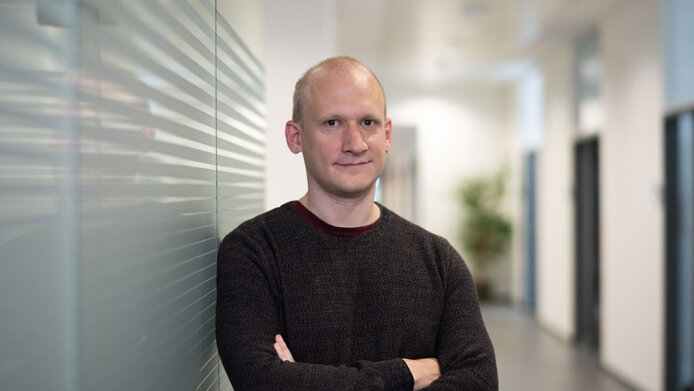While the added noise helps us find solutions in some stochastic partial differential equations, it can make it harder in others. In my research, I am looking at these equations and want to answer two kinds of questions: First, how can we use mathematical tools to better understand these equations and create a rigorous mathematical foundation explaining their behavior? And second, how can we effectively implement these equations in computational simulations?
Why is this research important?
Gerencsér: Stochastic partial differential equations appear in various fields, from statistical mechanics to population genetics to polymer physics. In physics or chemistry, there are often mathematical structures that are thought to be well-understood, but it can take a long time for mathematics to fully describe them and to create the rigorous mathematical underpinnings needed to prove their fundamental properties. For example, this is the case in quantum field theory, which is an extremely successful theory, but its mathematics are far from understood. There, we could apply our work to better understand some specific models.
What initial steps do you plan to take to answer these questions?
Gerencsér: When studying differential equations, we usually think about finding functions as their solutions. However, for many stochastic partial differential equations, there is a more fundamental challenge. We first have to make sense of the equations themselves and understand all their terms and how they interact.






